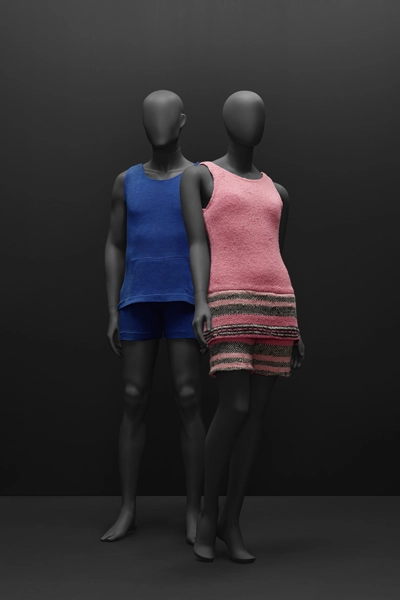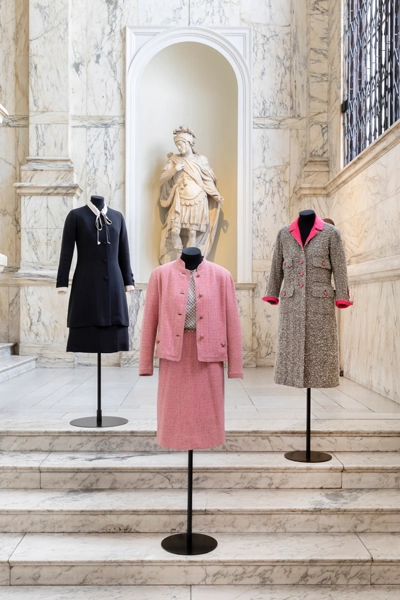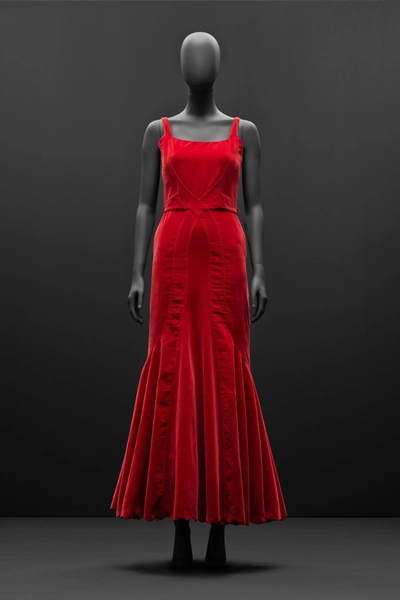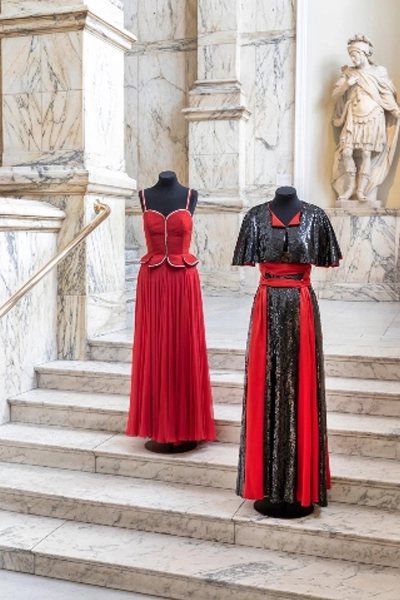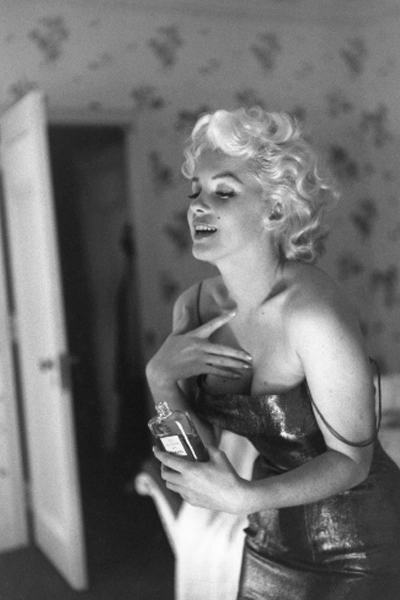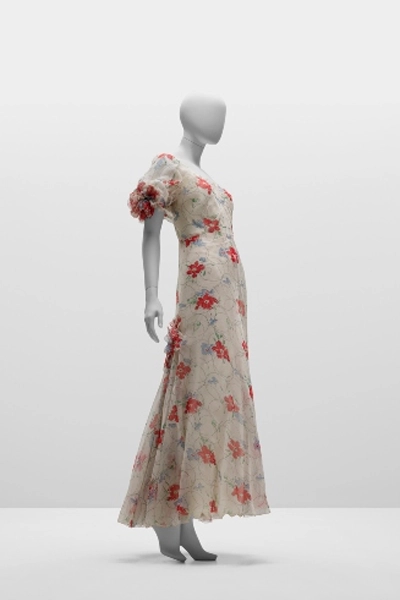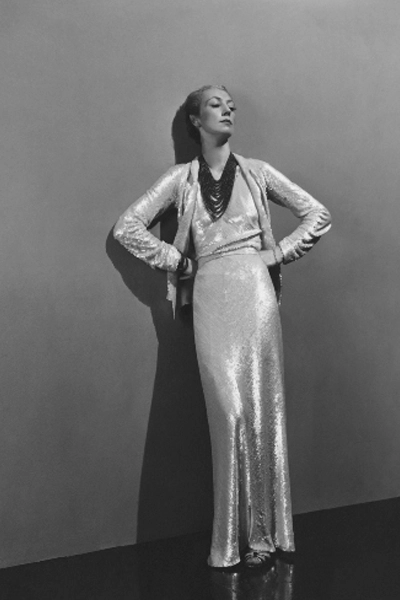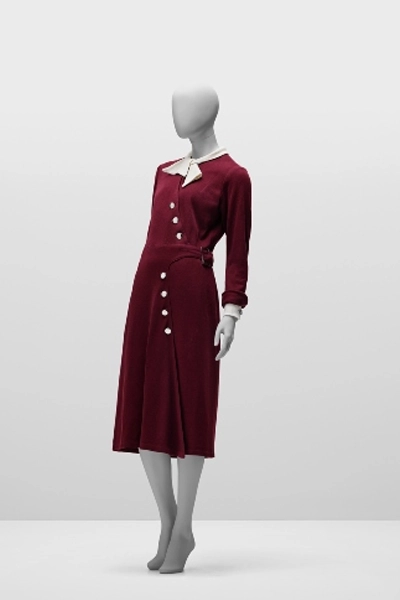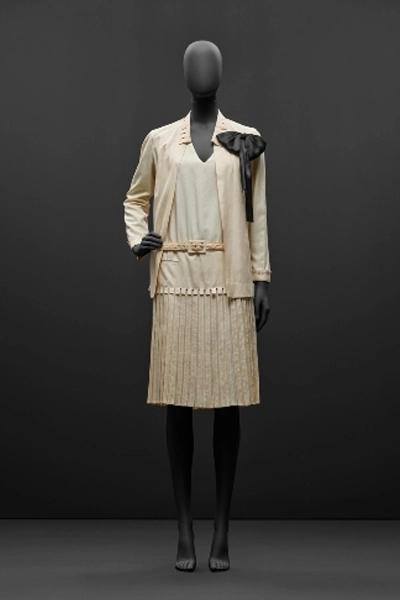02 August 2023
Coco Chanel: The woman who designed first and foremost for herself
5 minutes
Image: Gabrielle Chanel, 31 rue Cambon, Paris, 1937. Photo by Roger Schall
From that little black dress to No 5 perfume, the V&A’s Gabrielle Chanel Fashion Manifesto exhibition brings home the timeless allure of The House of CHANEL.
The V&A’s first UK exhibition dedicated to the work of French couturière Gabrielle ‘Coco’ Chanel charts the evolution of her design style and the establishment of the House of CHANEL, the opening of her first millinery boutique in Paris in 1910 to her final collection in 1971.
|
(Image: Gabrielle Chanel, Costumes for Le Train Bleu, hand-knitted wool. 1924 © CHANEL Photo Nicholas Alan Cope Courtesy of Victoria and Albert Museum, London) |
Featuring more than 200 looks seen together for the first time, as well as accessories, perfumes and jewellery, the exhibition explores Chanel’s pioneering approach to fashion design, which continues to influence the way women dress today because Coco reinterpreted, updated and perfected her rules and principles, continuously refining her quintessential style. Highlights include one of the earliest surviving CHANEL garments from 1916; original costumes for the Ballets Russes production of Le Train Bleu in 1924; outfits created for Hollywood stars Lauren Bacall and Marlene Dietrich, and an early example of Coco’s ground-breaking evening trousers. Coco designed first and foremost for herself. By creating clothes fit for an independent and active lifestyle, she anticipated the needs of the modern woman. Through 10 themed sections, the exhibition explores Coco’s innovative approach to fabric, silhouette and construction – a new framework for fashion in the 20th century. Tristram Hunt, Director of the V&A, said: “As one of the most successful fashion houses, CHANEL owes much to the templates first laid down by its founder Gabrielle Chanel, more than a century ago. We are delighted to be partnering with CHANEL and the Palais Galliera on this exhibition, which provides us with the opportunity to explore the origins and elements of this enduring style and to display little-known historic Chanel garments from the V&A collection.” |
Spotlight on the perfect 10Here’s what to look forward to in the exhibition’s 10 sections which showcase the skill and innovation of Coco Chanel: Towards A New Elegance offers an introduction to the beginning of Gabrielle Chanel’s career as a milliner, opening her first boutique on the rue Cambon in Paris in 1910 and further boutiques in the fashionable resorts of Deauville and Biarritz. The section outlines how the success of this business enabled her expansion into clothing. The Emergence of a Style focuses on how Chanel developed a signature style in the 1920s and 1930s. With clean lines, fluid materials and a simplistic colour palette, her understated designs were radical in their practicality yet displayed a refined elegance. There’s a spotlight on Chanel’s famous little black dress and Chanel’s British influences, including her adoption of tweed and partnerships with British textile firms. The Invisible Accessory showcases the creation and impact of Gabrielle Chanel’s debut perfume N°5 which became the world’s best-selling fragrance. This section also explores the launch of Chanel’s range of make-up in 1924 and skincare in 1927. |
(Image: (c) Victoria and Albert Museum, London (2)) |
Luxury and Line focuses on how Chanel’s eveningwear demonstrated a refined mix of inventiveness and classicism which subtly accentuated the female form. This section also looks at “Bijoux de Diamants”, her first and only 1932 collection of fine jewellery commissioned by the International Diamond Corporation of London.
Closing the House outlines the impact of the outbreak of war in 1939 on Chanel’s life and continues with her official Return to Fashion on February 5, 1954, with the relaunch of her couture house at the age of 71.
|
(Image: Gabrielle Chanel, Dress, cotton velvet. 1932 © CHANEL Photo Nicholas Alan Cope) |
The Suit spotlights the defining garment of Chanel’s post-war contribution to fashion, with more than 50 ensembles. Described by Vogue in 1964 as “the world’s prettiest uniform,” the Chanel suit, which has since become a classic, remains a staple reference for fashion today. Chanel Codes focuses on how accessories were fundamental to Chanel’s conception of a harmonious silhouette. Since the 1950s, the Chanel 2.55 handbag and two-tone slingback shoes have become two of the most enduring accessories. Into the Evening showcases eveningwear as an important part of Chanel’s couture collections in the latter part of her career. From the late 1950s, she adapted her suits to include a range to be worn into the evening. These cocktail suits followed the same form as her day suits, realised in richly decorative fabrics such as gold and silver lamés, textured weaves and intricately patterned silks. Costume Jewellery rejects the conventions of fine jewels to give costume jewellery a new status. From the beginning of the 1920s, Chanel’s boutiques offered a dazzling range of costume jewellery to wear with her sleek fashionable garments. A Timeless Allure – The finale celebrates the evening dress as Chanel’s exercise in style. She proposed a relaxed version of the formal dress that was discreet and refined. This section showcases up to her final collection of Spring-Summer 1971. |
Gabrielle Chanel. Fashion Manifesto (in partnership with Palais Galliera, Fashion Museum of the City of Paris, Paris Musées) runs from September 16, 2023 – February 25, 2024. Tickets from £24 (concessions £16) from vam.ac.uk/chanel
If you would like to own a piece of Chanel, Bonhams’ auction, The Art of Luxury: Chanel is being held at Knightsbridge, London on September 11, 2023.
Insurance advice
Don’t forget that if you own a collection of designer fashions it should be insured under the valuables section of your contents policy. Ensure there is a good description with distinguishing features, size and images which will help with identification. Consider the cost of replacement if damaged.
Valuations for insurance are normally based upon a retail replacement value, i.e., what it would cost the owner in the retail market. So, think about where you would replace the item (a top-end antique shop or auction) and by doing this at the outset you are avoiding disputes and queries at a later date, or in the event of a claim.
|
Victoria and Albert Museum, London |
Marilyn Monroe applying Chanel N°5, photograph by Ed Feingersh, 1955, New York. © Ed FeingershMichael Ochs ArchivesGetty Images |
Gabrielle Chanel, Dress, printed silk organza. 1935 © CHANEL Photo Nicholas Alan Cope |
|
Roussy Sert wearing a long white sequin dress by Chanel, and a 15-strand coral necklace, Photograph by André Durst, published in Vogue December 15, 1936 |
Gabrielle Chanel, Dress, wool-jersey, rib-knit albene and metal. 1935 © CHANEL Photo Nicholas Alan Cope, Courtesy of Palais Galliera, Paris |
Gabrielle Chanel, Dress and jacket, silk taffeta. SpringSummer 1926 © CHANEL Photo Nicholas Alan Cope |

